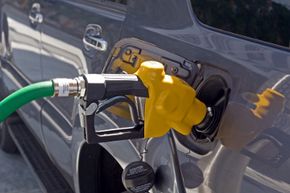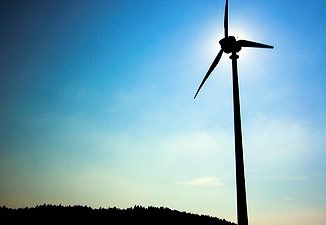It's no secret the United States is trying to reduce its consumption of fossil fuels. A full half of them come from foreign countries, creating an undesirable dependency. Plus, they cause pollution. Lots of it. That's why American automakers and fuel companies are continually working on developing alternative fuels and vehicles that can run on them. The most popular alternative fuel today is E85, a mix of 15 percent unleaded gasoline and up to 85 percent ethanol. Vehicles that can be powered by this mix are called flexible fuel vehicles, flex-fuels or FFVs [sources: Goodspeed, FlexFuel US].
Flex-fuel vehicles have been produced since the 1980s, and come in dozens of models. According to the U.S. Energy Information Administration, there are more than 8 million FFVs rolling down America's streets and highways today. But surprisingly, many car owners don't even realize they're driving an FFV. The easiest way to tell is to look at your gas cap; most auto manufacturers began putting yellow caps on their flex-fuel vehicles beginning with 2008 models. You can also check for possible fuel door labels and badges on the body of your car, or check your owner's manual [sources: Alternative Fuels Data Center, Fuel Economy].
Advertisement
While FFVs are increasingly popular, they're not a miracle solution. The good news is they enable you, and your country, to consume fewer fossil fuels, as plant-based ethanol is a renewable energy source. It also burns much more cleanly, which is great for the earth and our health. But flex-fuels get fewer miles to the gallon than gasoline-powered vehicles, they can be pricier, and there currently aren't many gas stations selling E85 [source: Wiesenfelder].

